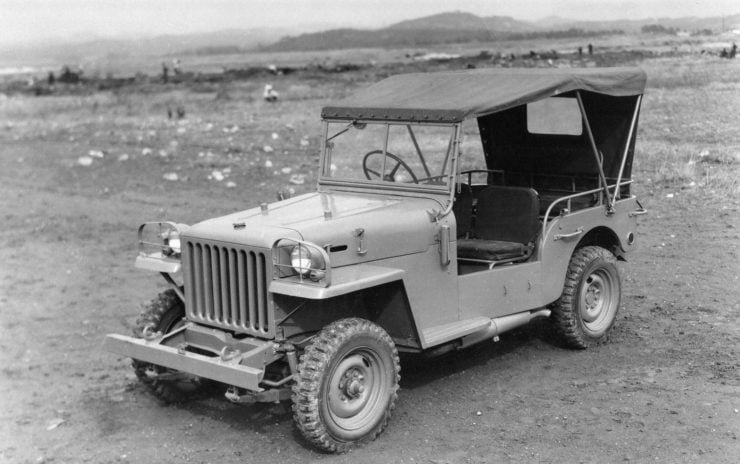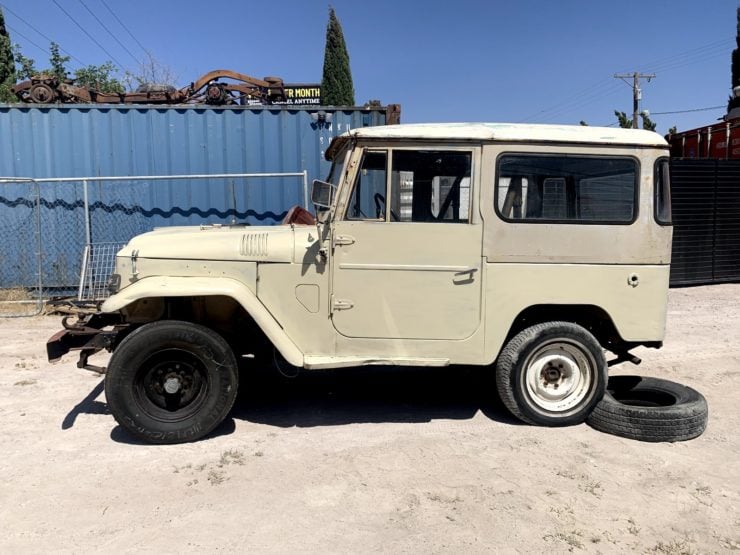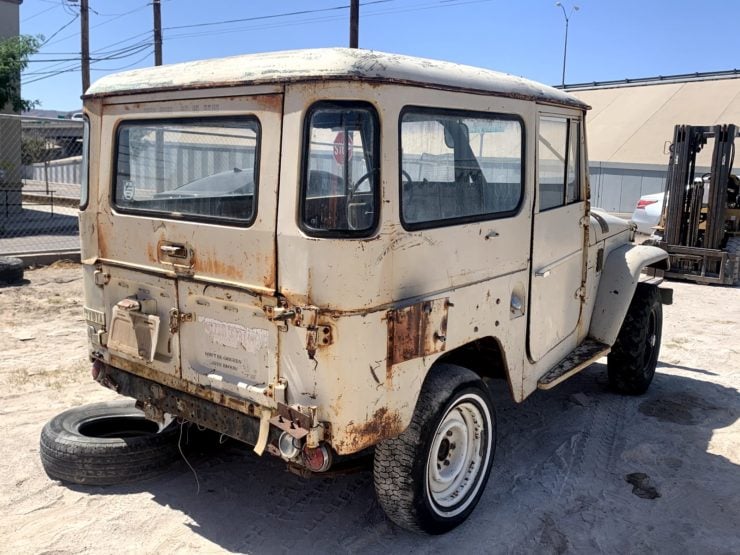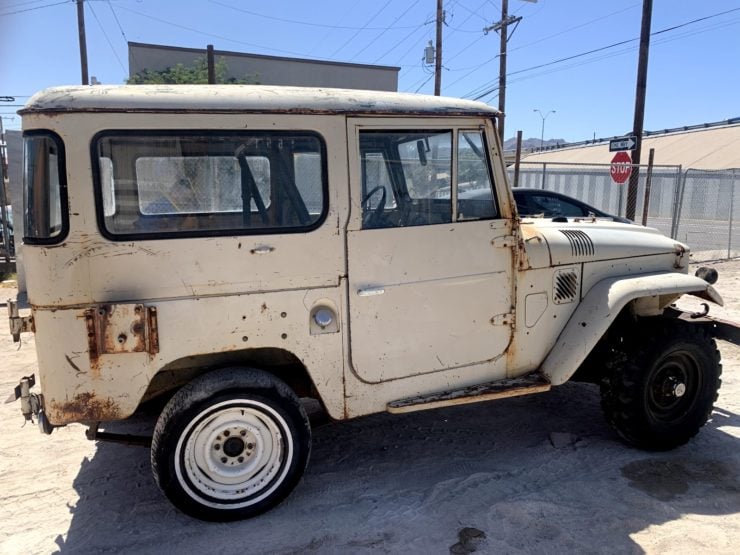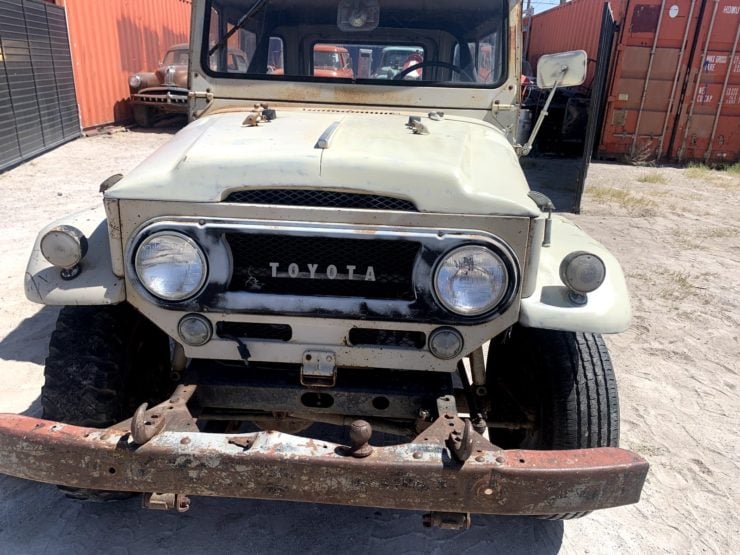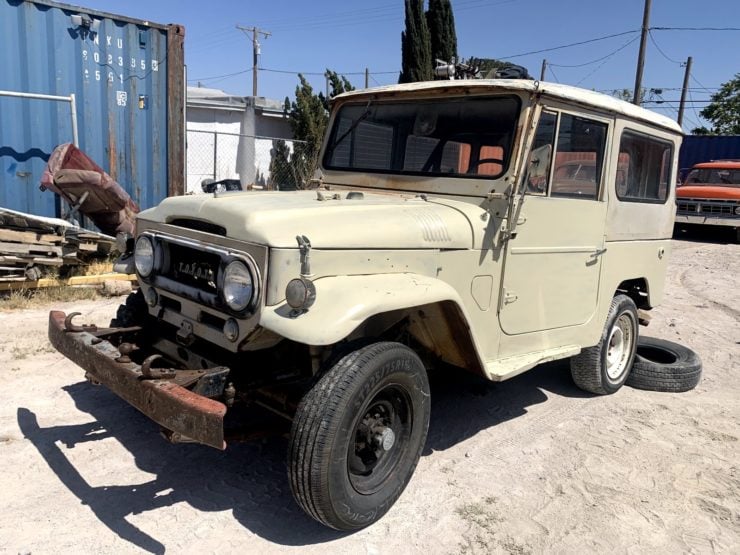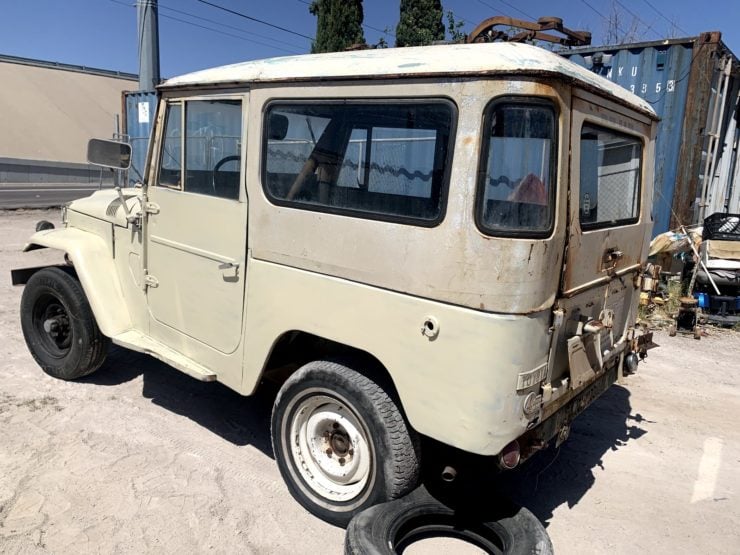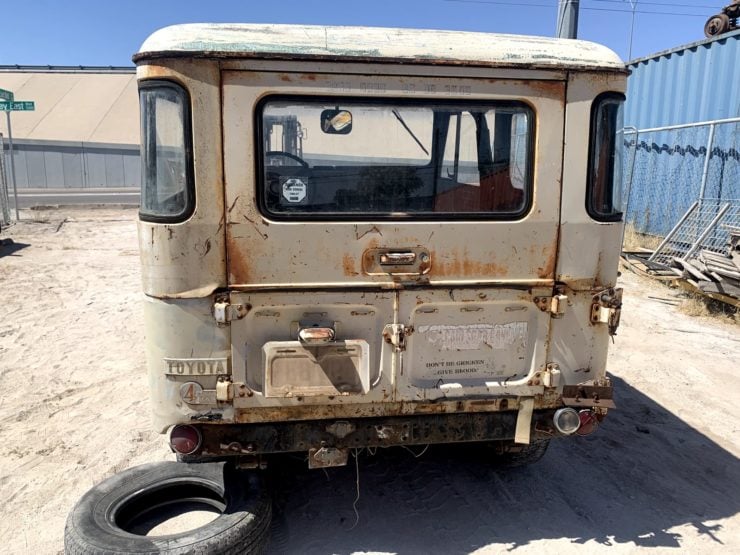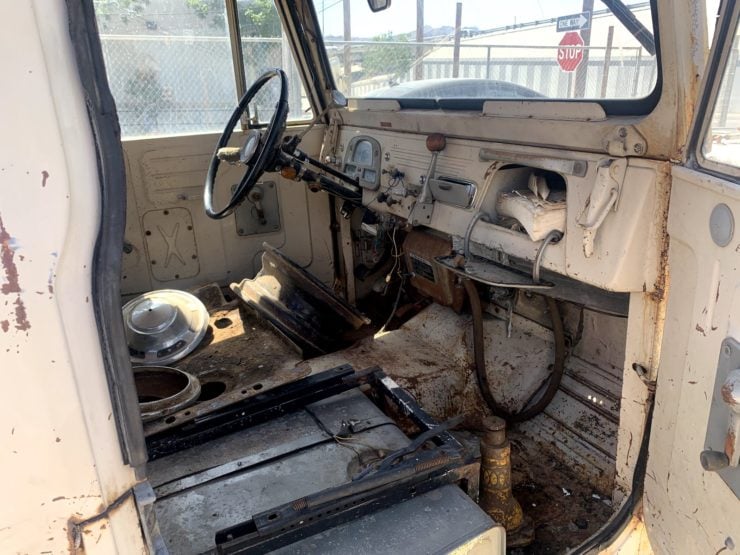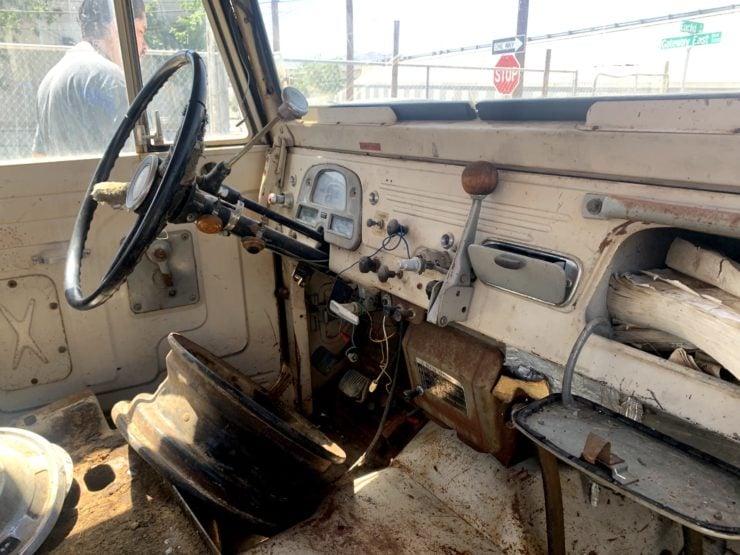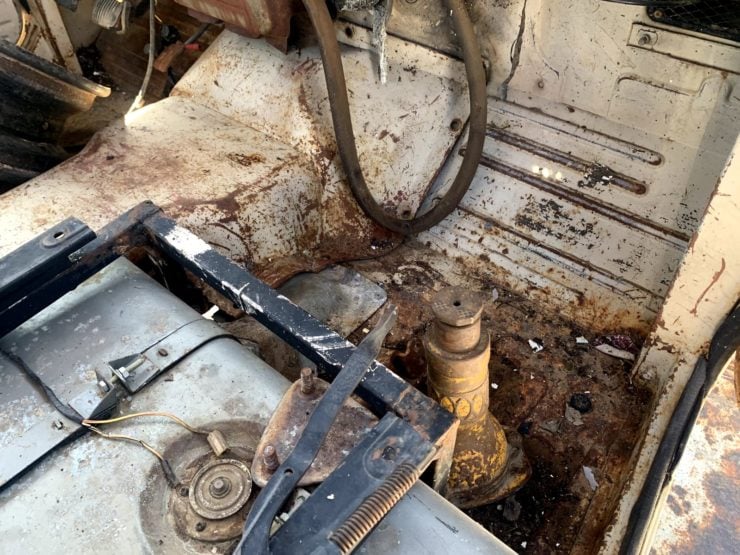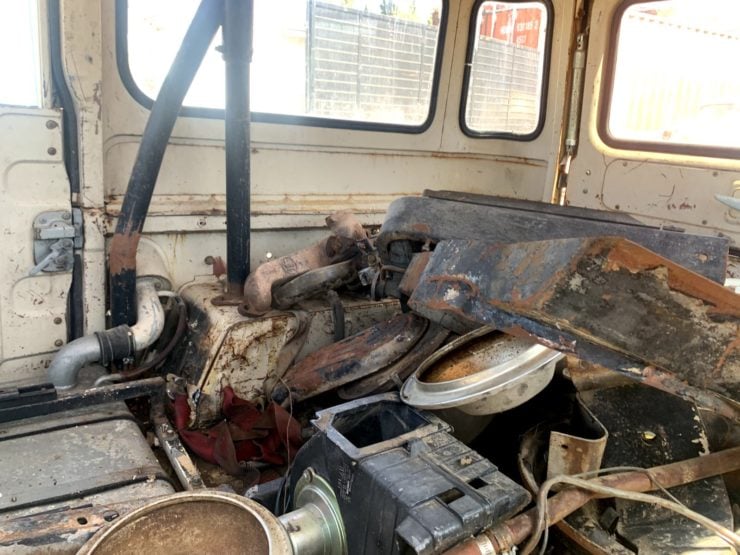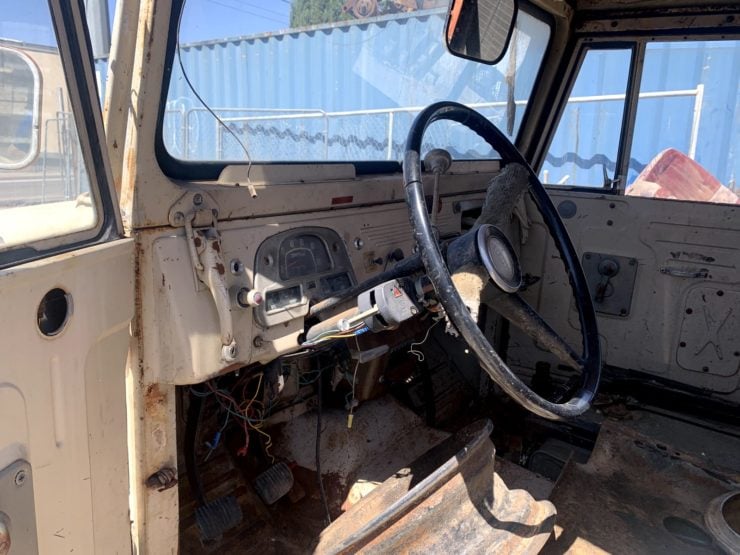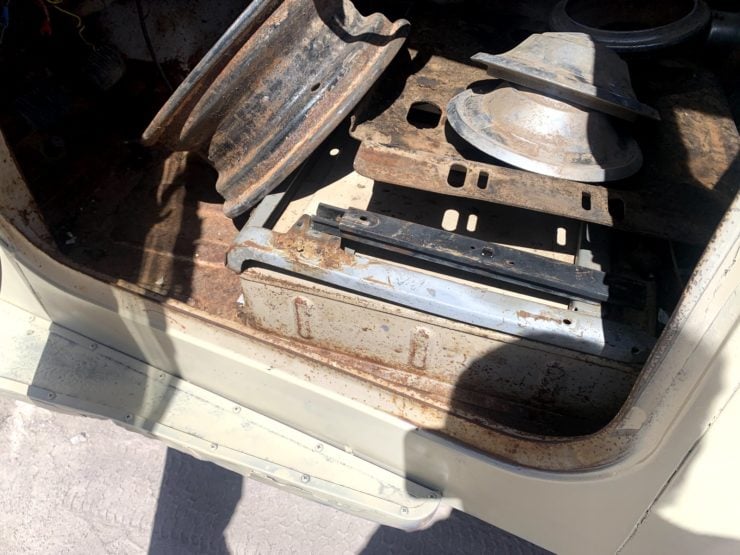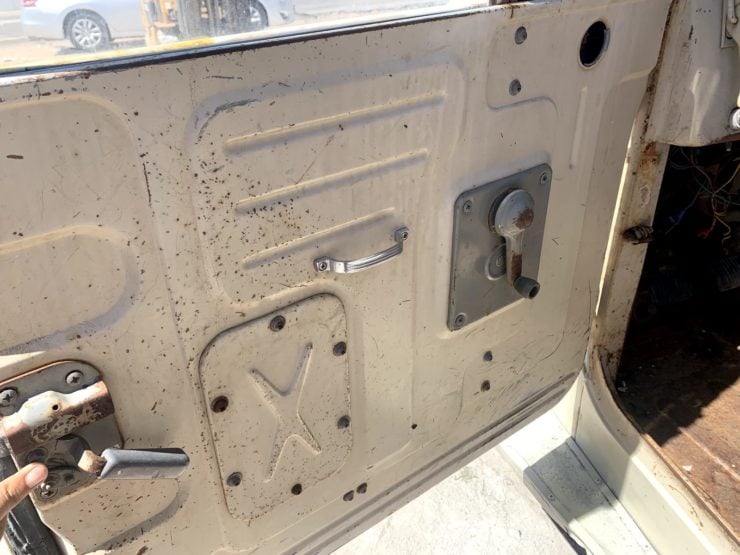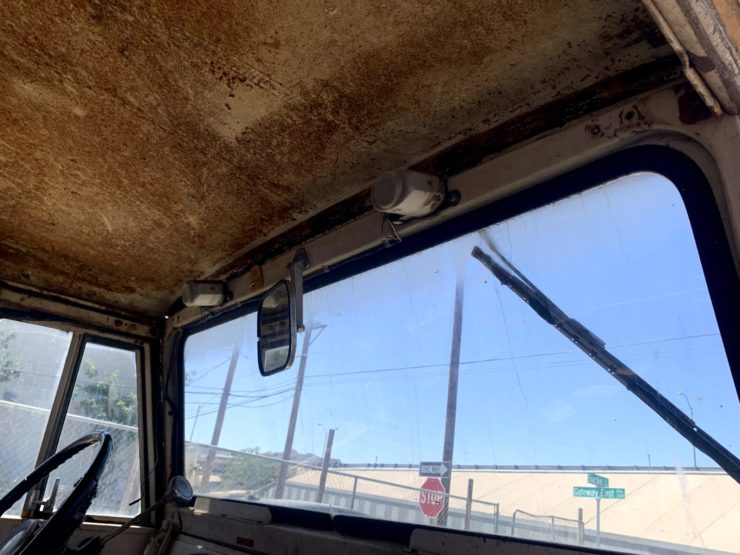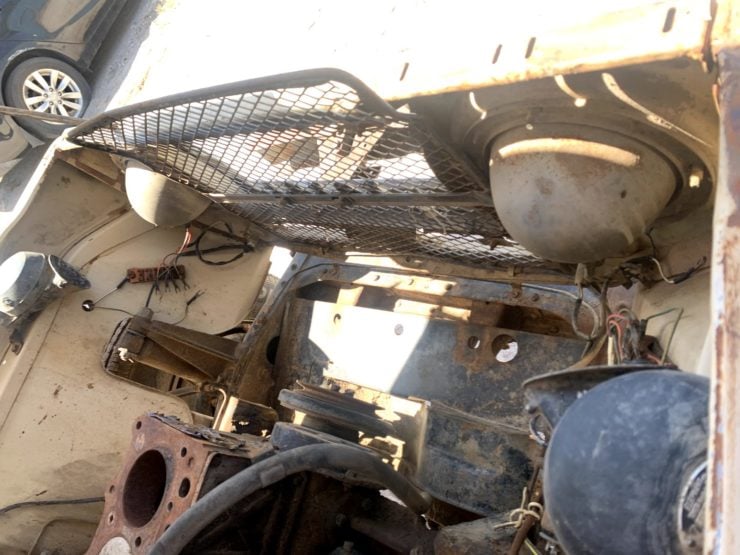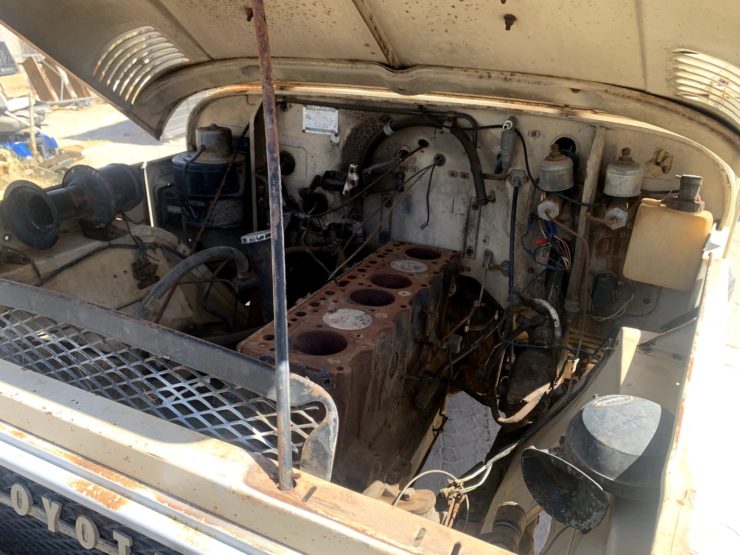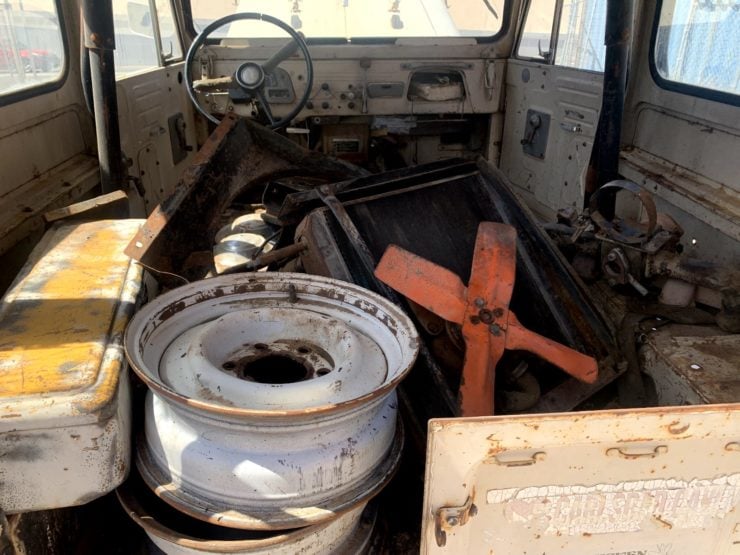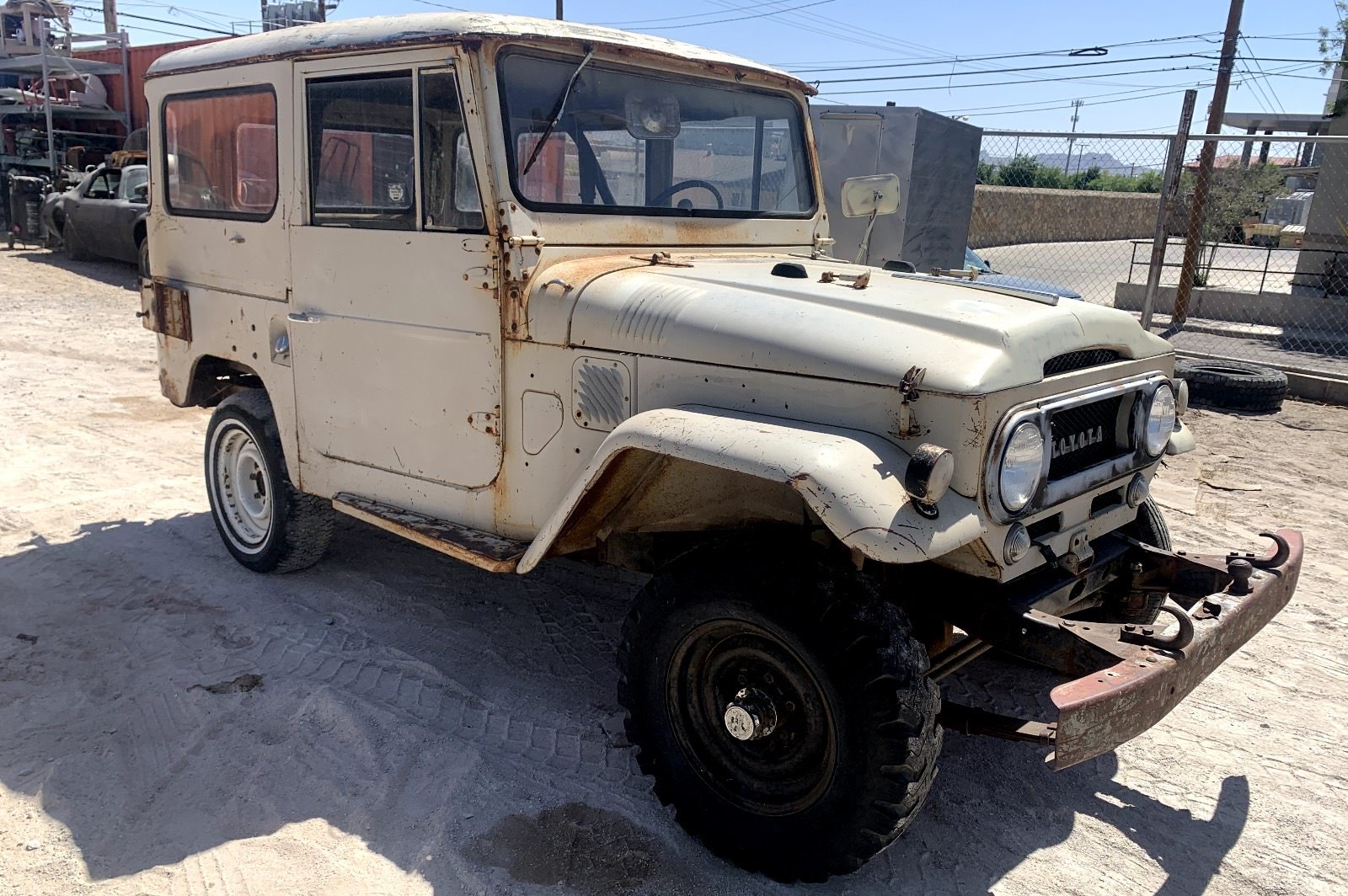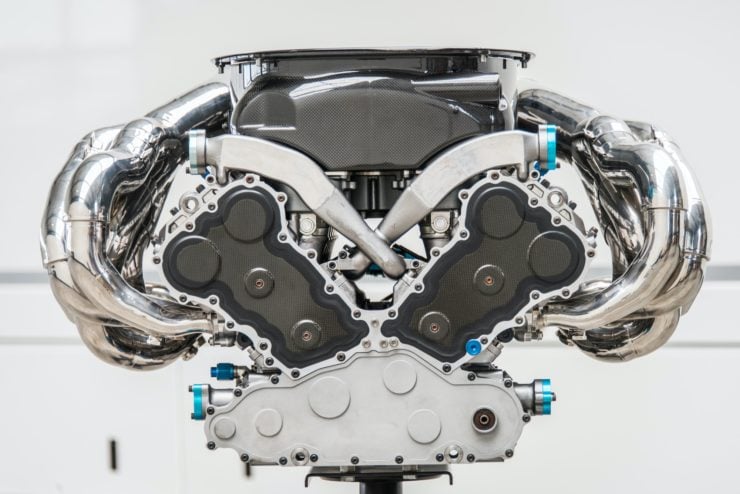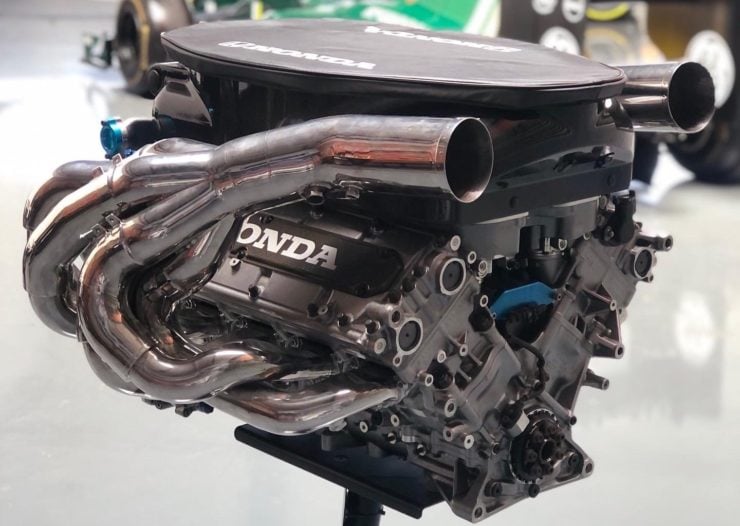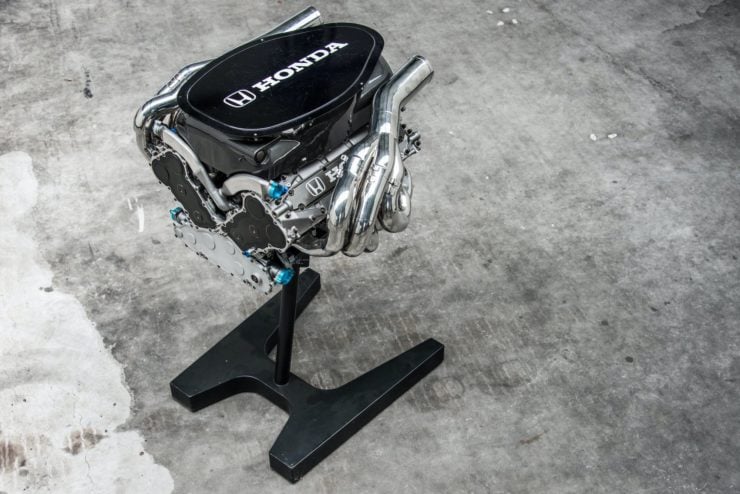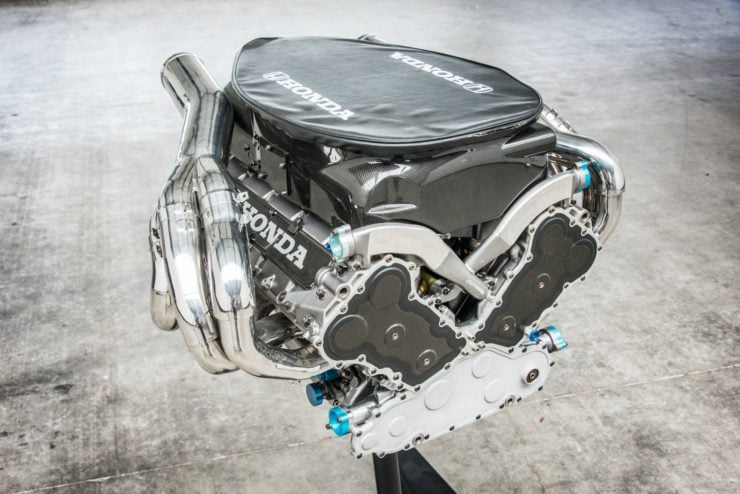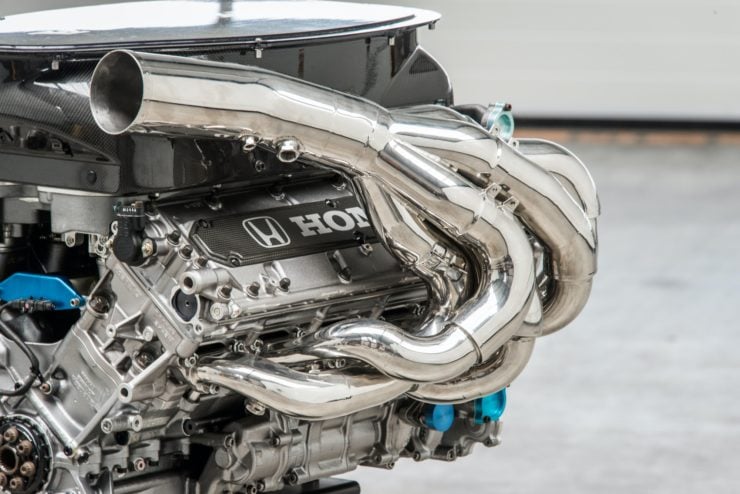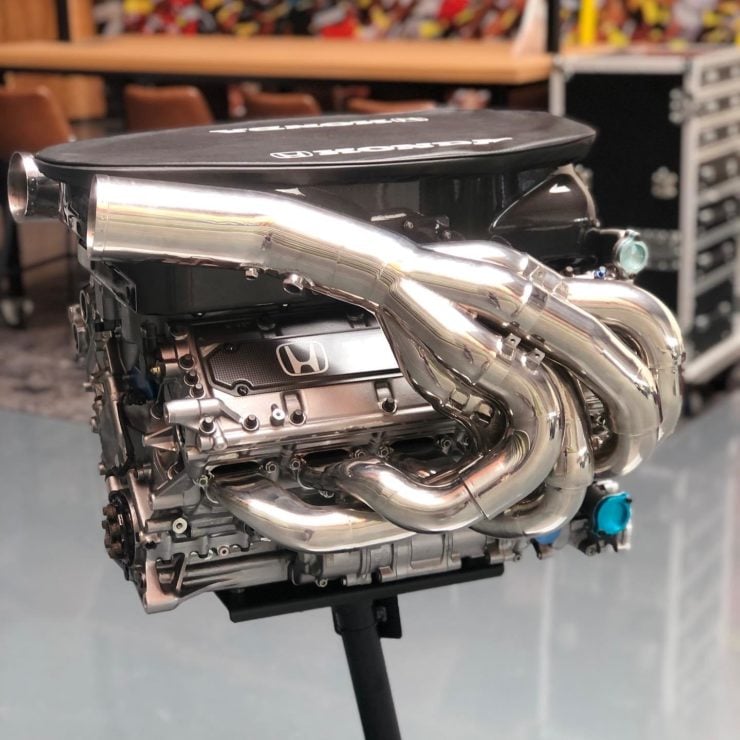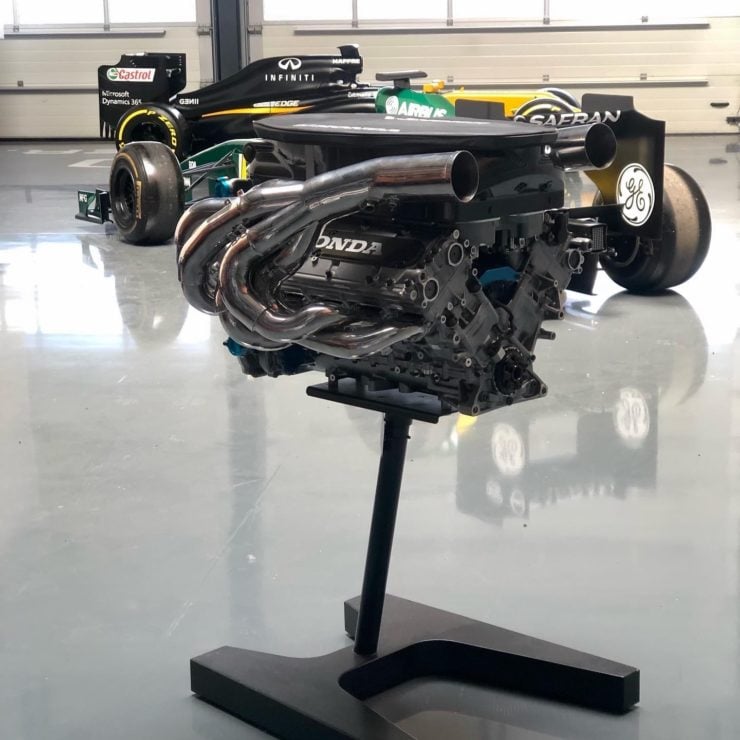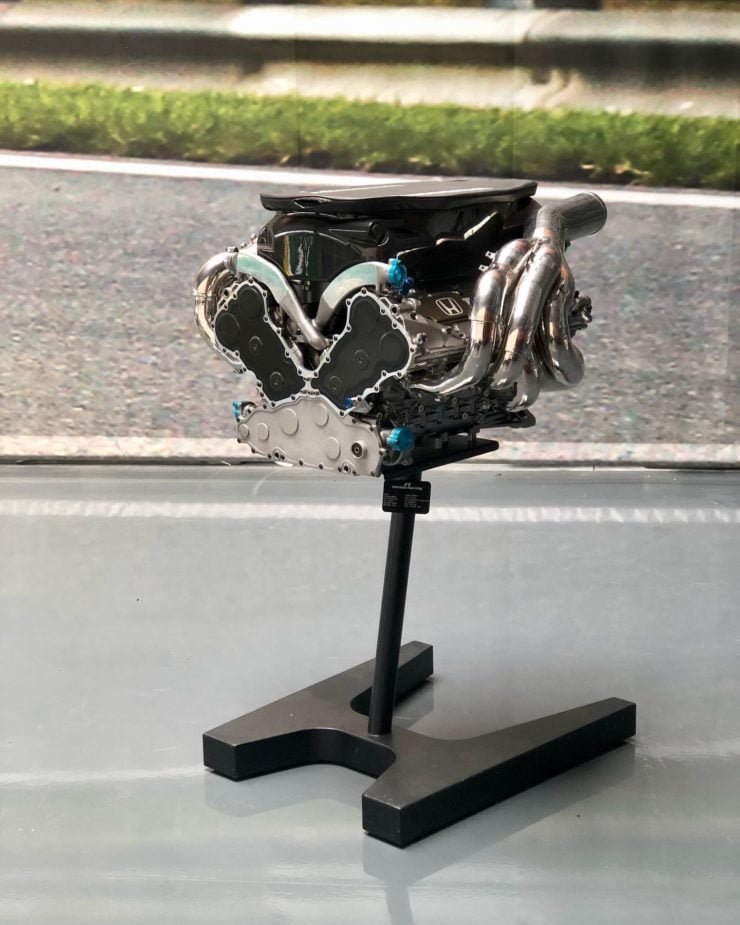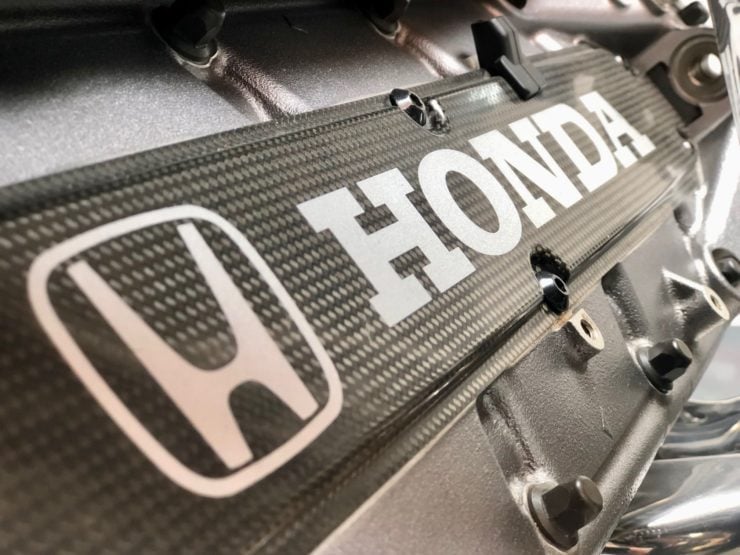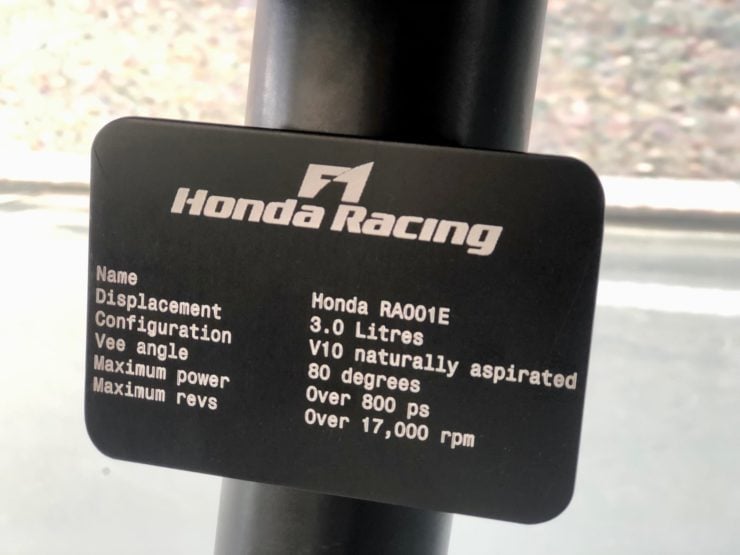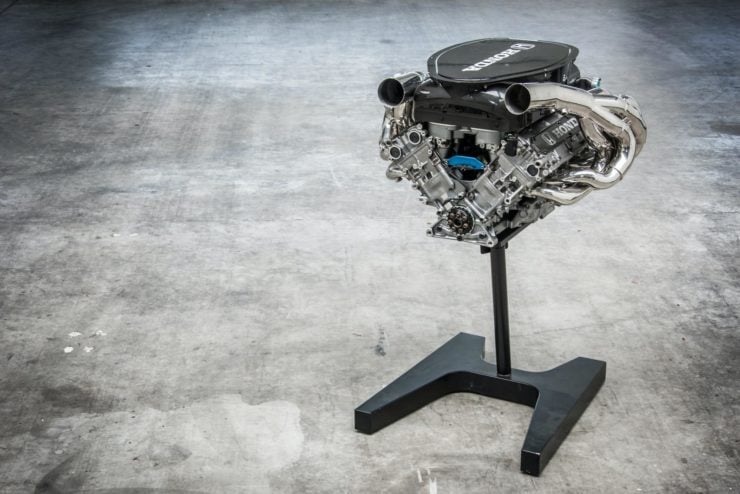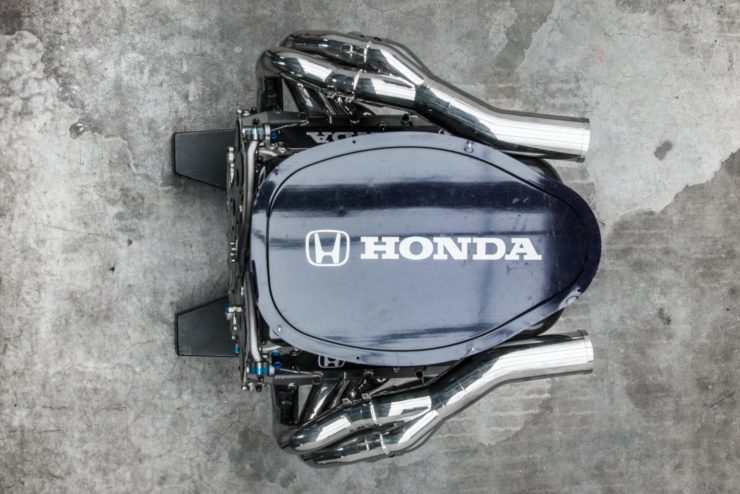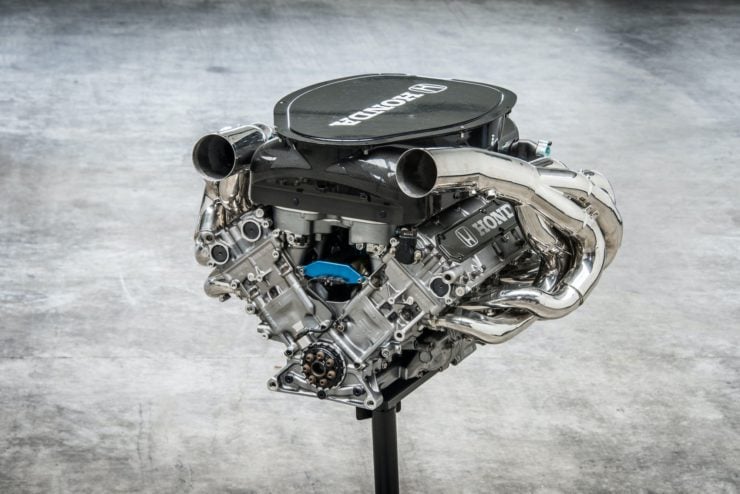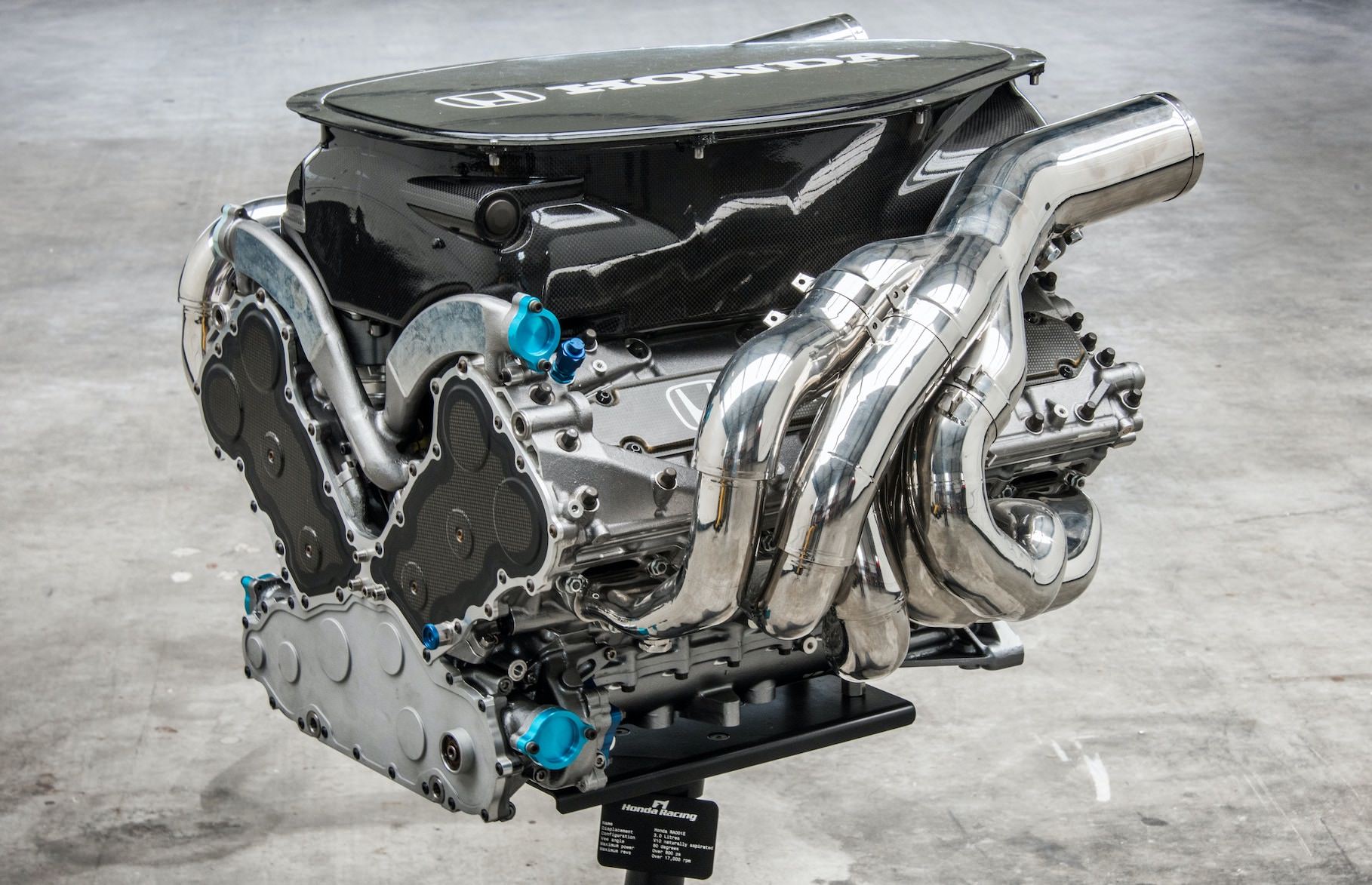Nicknamed the “Blue Meanie,” the Holden Commodore SS VK Group A has now become one of the most desirable cars ever produced in Australia, with one example that belonged to local racing legend Peter Brock selling for over $1 million AUD.
As the name suggests, the SS VK Group A was developed for Group A competition. Homologation rules required that 500 road-going versions be built and sold. Each of these cars was individually numbered, all were finished in Formula Blue, and all had the same alloy wheels.
Fast Facts – The Holden Commodore SS VK Group A
- The word “meanie” is an Australian slang term for a person who is mean or cruel. When the Holden Commodore SS VK Group A was released with its prodigious performance and blue paint, the nickname “Blue Meanie” must have seemed a natural choice.
- Development work on the SS VK Group A was undertaken by the Holden Dealer Team (HDT) and championship-winning driver Peter Brock – an icon of Australian motorsports.
- Power was provided by a slightly de-stroked version of Holden’s long-serving 5.0 liter V8, with displacement reduced from 5044cc to 4987cc to ensure it would be eligible for Group A competition.
- The car included a body kit, uprated suspension, an improved interior, and the 263 bhp A9L V8 sending power back through a heavy-duty 4-speed M21 manual gearbox to a limited-slip differential.
The First Holden Commodores
It’s hard to imagine a car more Australian than the Holden Commodore, which is why some are surprised when they learn that the first Commodores were actually based on the Opel Rekord Series E platform from Germany.
Above Video: This clip includes an interview with an owner of a SS VK Group A “Blue Meanie,” it also includes some driving footage that allows you to hear the engine at work.
Both Opel and Holden were subsidiaries of General Motors, and so a certain amount of platform sharing made financial sense. Holden engineers were quick to point out that they had strengthened the unibody shell of the car significantly to better withstand the harsh conditions of Australia’s outback.
The first generation Commodore was released in 1978 and sold until 1988 over five series: VB, VC, VH, VK, and VL.
These are the cars that established the Commodore nameplate in the zeitgeist of the Australian consciousness, they were best-sellers, and racing versions we’re campaigned significantly on the race tracks of Australia and New Zealand.
The Holden Commodore SS VK Group A
The SS VK Group A was originally meant to be on track racing in Australia in 1985, however there had been a hold up on a number of imported parts that were needed for building the 500 homologated cars that were required.
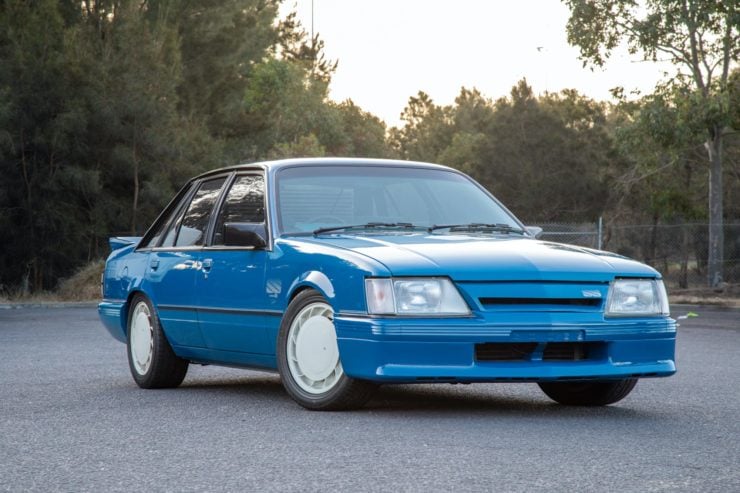
The Formula Blue paint of the Holden Commodore SS VK Group A along with its unusual alloy wheels and bodykit are immediately recognizable to any fan of Australian motorsport.
The deadline was missed and as a result the cars wouldn’t be allowed to race until 1986. This left the Holden Dealer Team (HDT) with no option but to run their older, slower cars. At the 1985 James Hardie 1000 the Holden racing driver John Harvey noted that his own personal SS VK Group A was faster than the race car he was trying to compete with.
The SS VK Group A was designed using the years of racing experience of the HDT and of Peter Brock, Australia’s best-known racing driver. They developed a car with a simple but almost bulletproof drivetrain, then incorporated a series of suspension, brake, and aero upgrades.
Overall it was a simple package, but it proved highly effective.
Once it finally could take to the track in 1986 the “Blue Meanie” started winning. The car took 1st and 2nd with Brock and new co-driver Allan Moffat at the wheel in the Nissan Mobil 500 at the Wellington Street Circuit in New Zealand.
Other drivers would win the the Pukekohe 500 in the second race of the New Zealand series a week later.
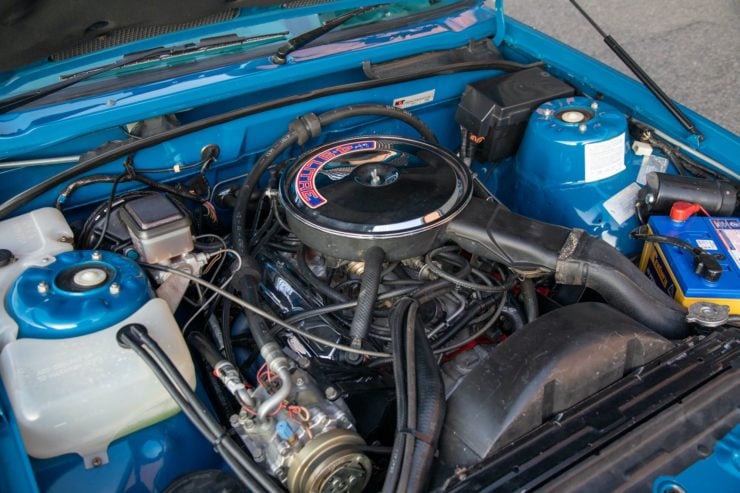
This is the Holden A9L V8 engine, it has a displacement of 4987cc and it produces 263 bhp at 5,200 rpm with 308 lb ft of torque at 3,600 rpm.
HDT took two cars to Europe to contest the 1986 FIA Touring Car Championship where the cars regularly led races, though wins proved elusive.
Perhaps the one major standout from the time in Europe was when driver Allan Grice drove his SS VK Group A to a new touring car lap record at Hockenheim, a record that remained unbroken until 2000.
The road-going homologation cars were fitted with the Holden A9L V8 engine, it had been de-stroked from 5044cc to 4987cc to ensure it fit into the sub-5.0 liter Group A class. This engine produced 263 bhp, a heady figure for the time, power was sent back through a heavy-duty 4-speed M21 manual transmission to a limited-slip differential.
All 500 road-going homologation examples of the Holden Commodore SS VK Group A were painted in the same shade of Formula Blue, they were given the same bodykits, and the same alloy wheels.
They also received the same Group 3 suspension kit, Group A decals, a Peter Brock signature decal on each front wing, an SS decal at the front end, and a celebratory Bathhurst sticker on each rear corner.
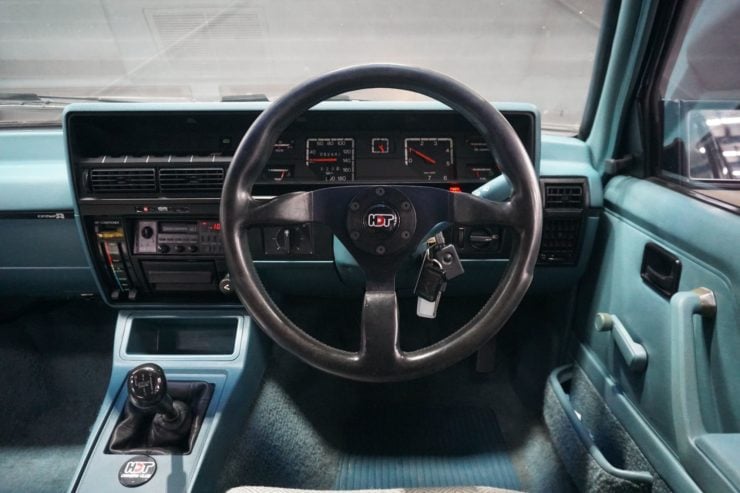
The interior of the car was much the same as the regular Commodore, with the exception of some “HDT” badging and the build number decal on the glovebox.
The individually numbered cars are now highly collectible in Australia but largely unknown overseas.
The 1985 SS VK Group A “Blue Meanie” Shown Here
The car you see here is Blue Meanie #412, it has 92,590 kilometers on the odometer (57,532 miles), and it’s being offered for sale out of Port Melbourne in Victoria, Australia.
It’s believed to have been very well maintained, with a raft of invoices available on file. It is noted that there are minor stone chips around the wheel arches, there is minor discolouration to the fabric seats and carpets, and the build number decal on the glovebox lid is slightly faded.
If you’d like to read more about this car or register to bid you can visit the listing here on Collecting Cars.
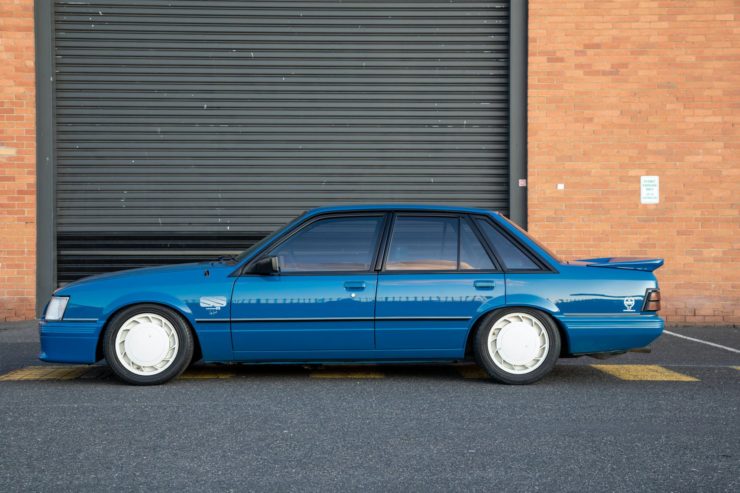
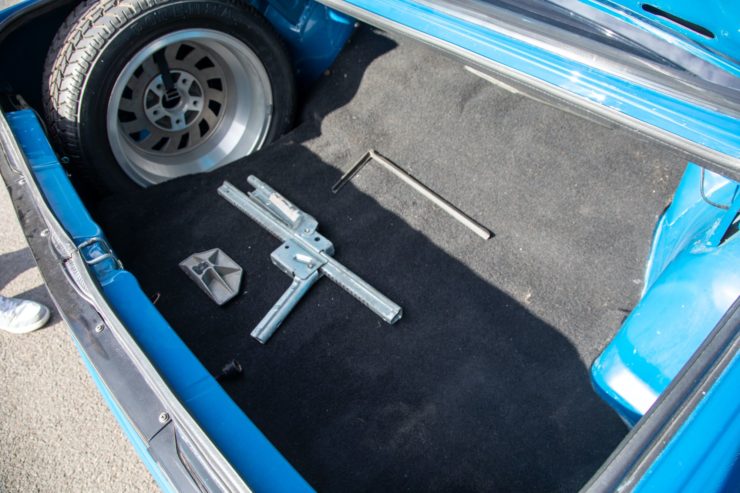
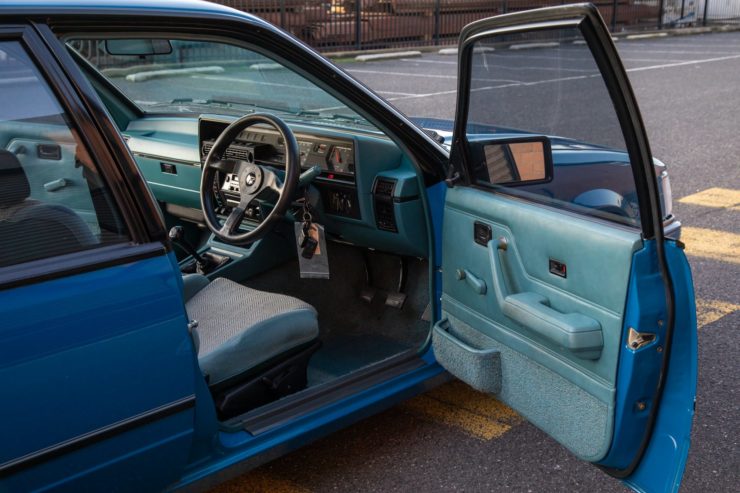
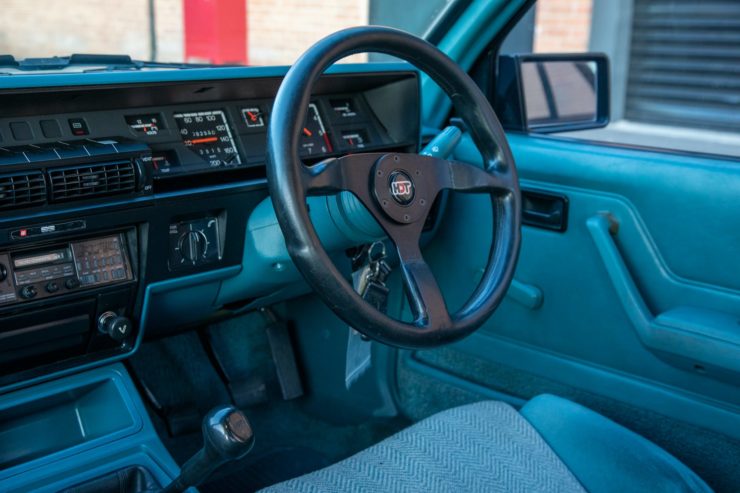
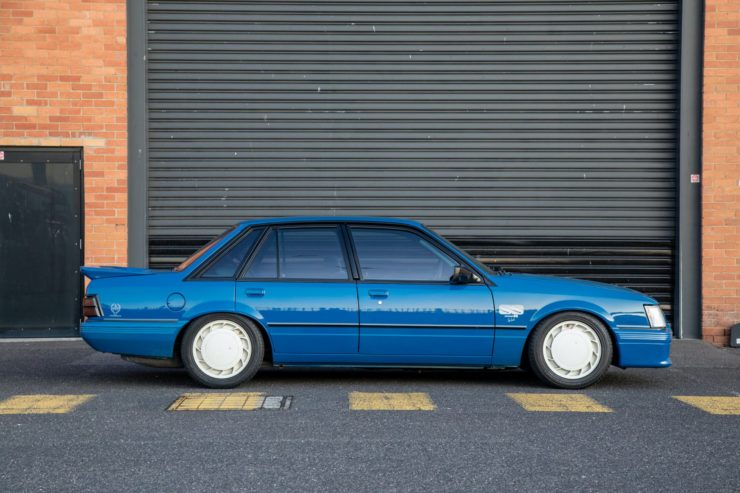
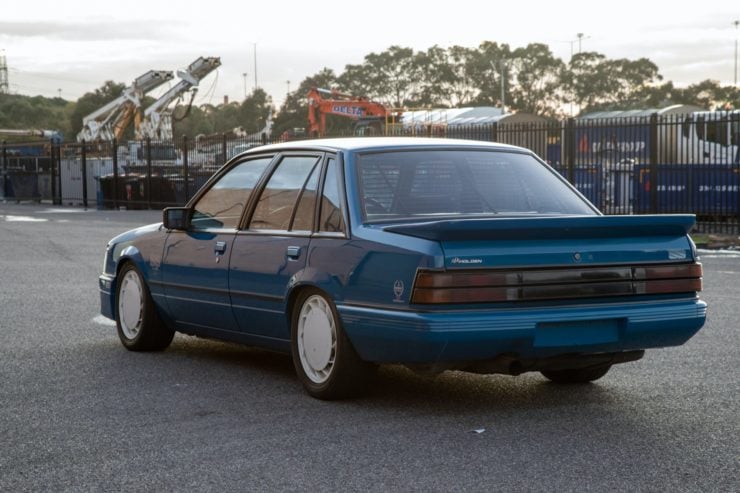
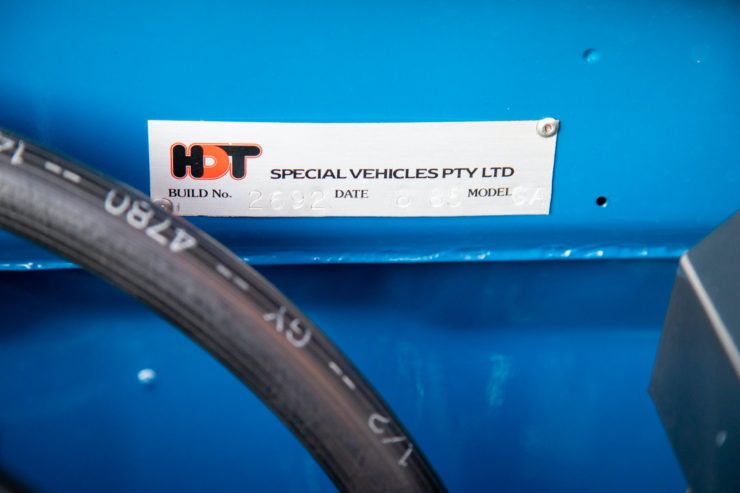
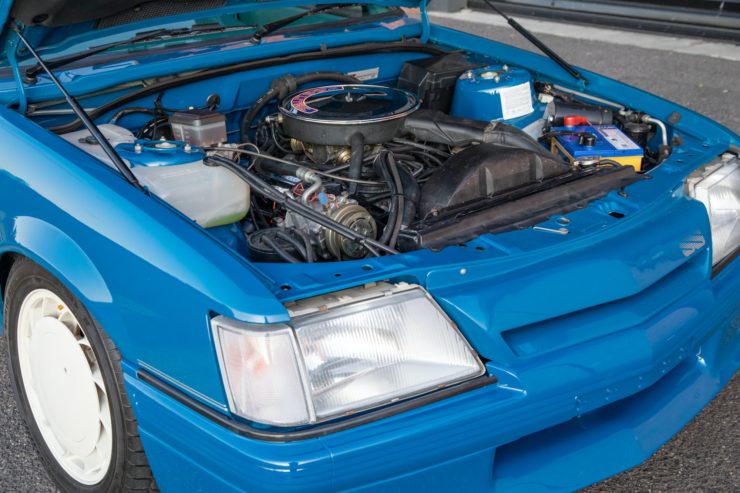

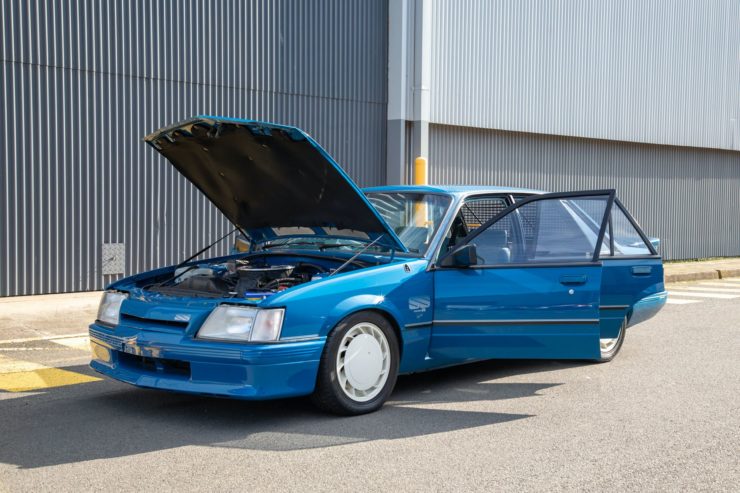
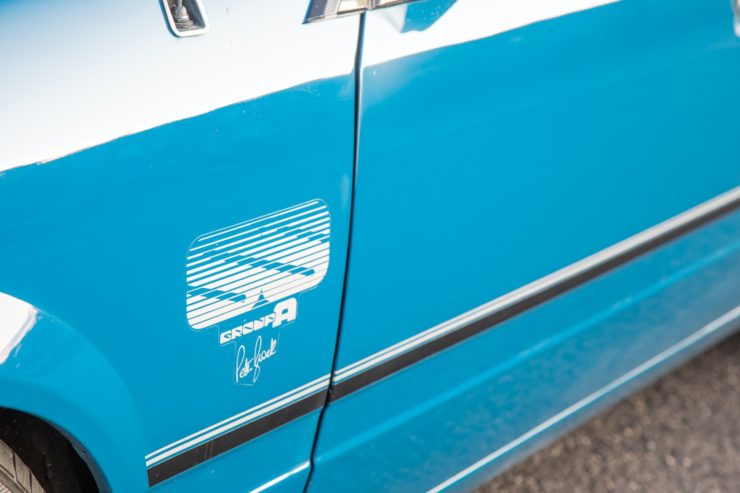
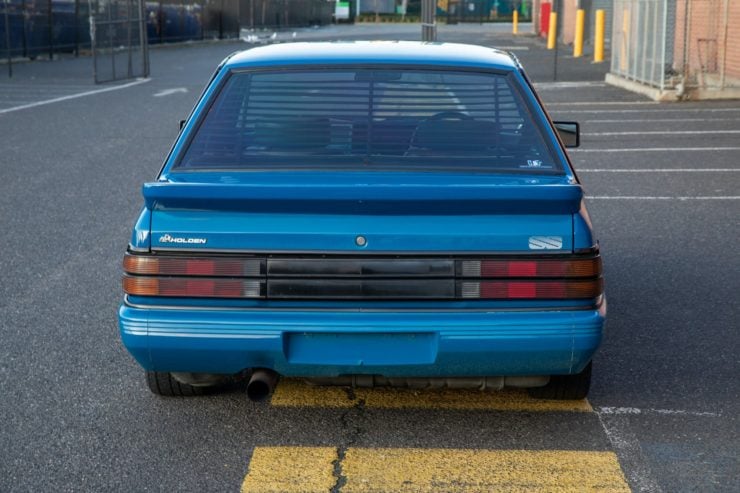
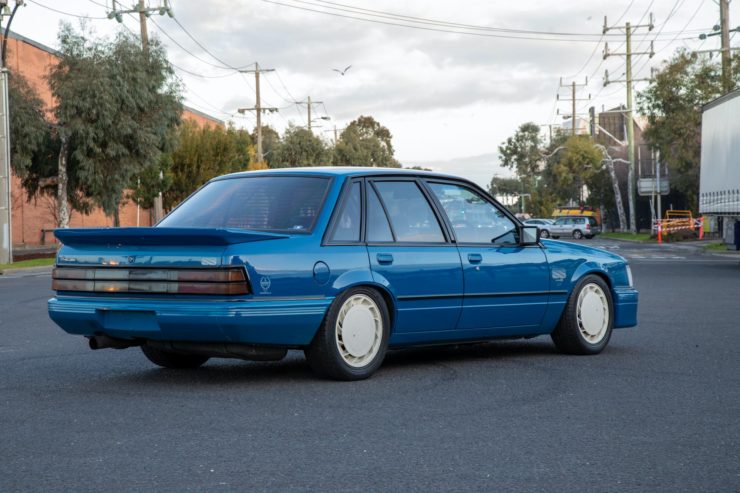
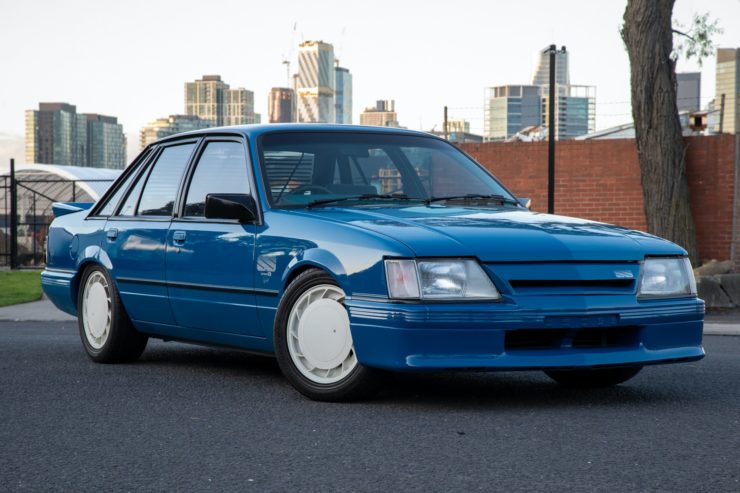
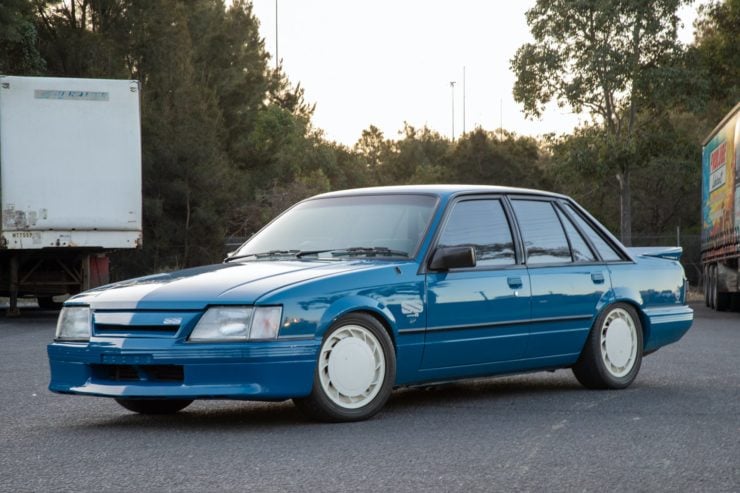
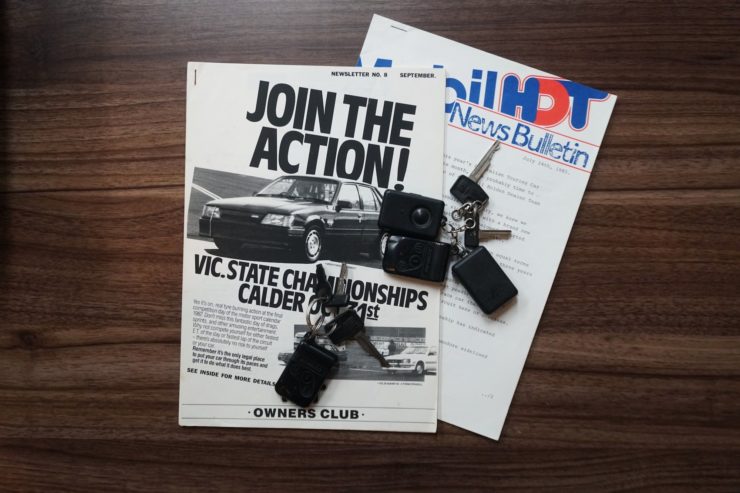
Images courtesy of Collecting Cars
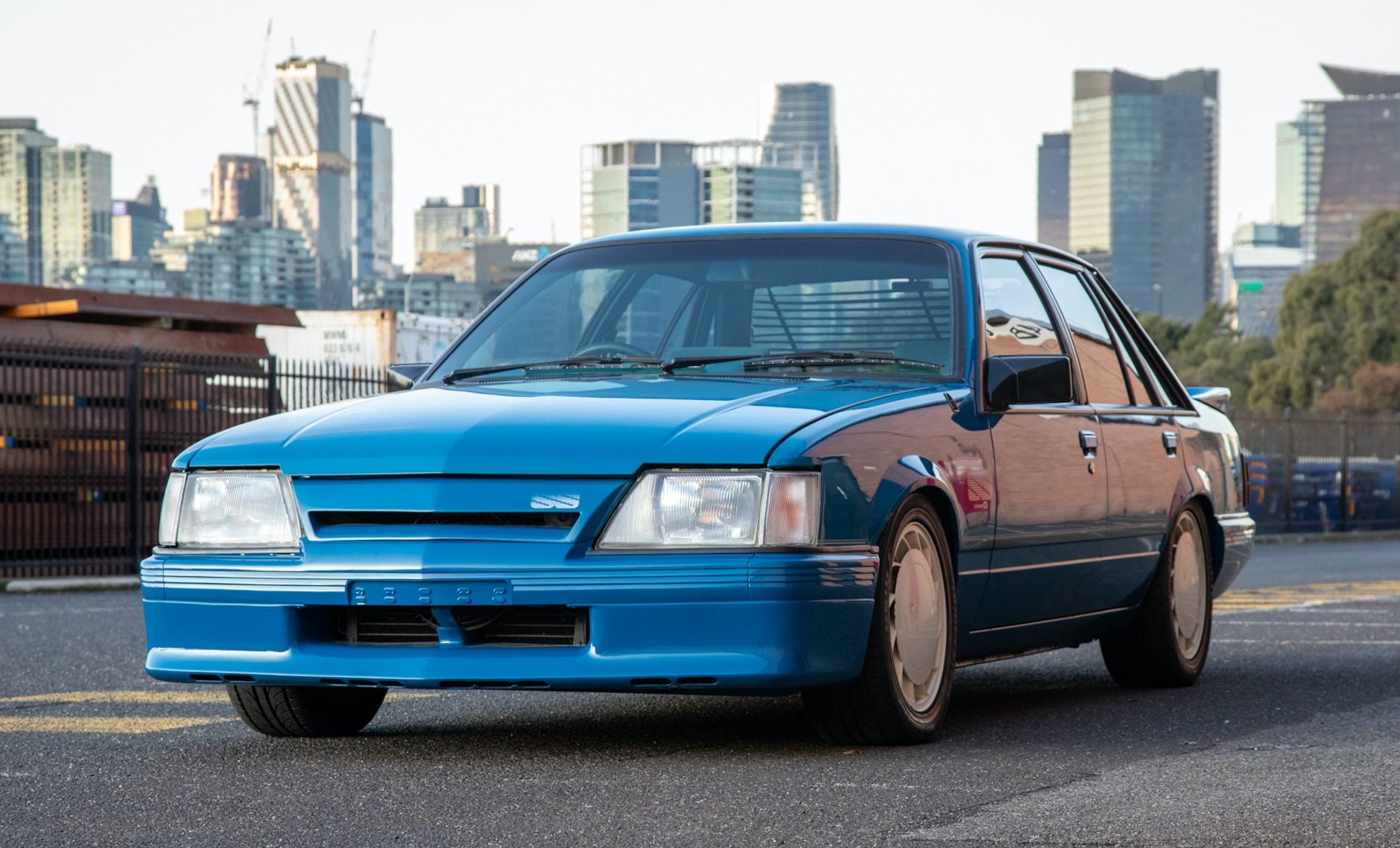
The post 1 Of 500 Made: A Holden Commodore SS VK Group A “Blue Meanie” appeared first on Silodrome.
from Silodrome https://silodrome.com/holden-commodore-ss-vk-group-a-blue-meanie/
via gqrds
